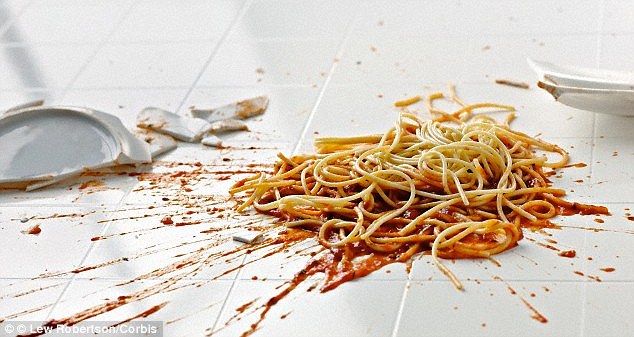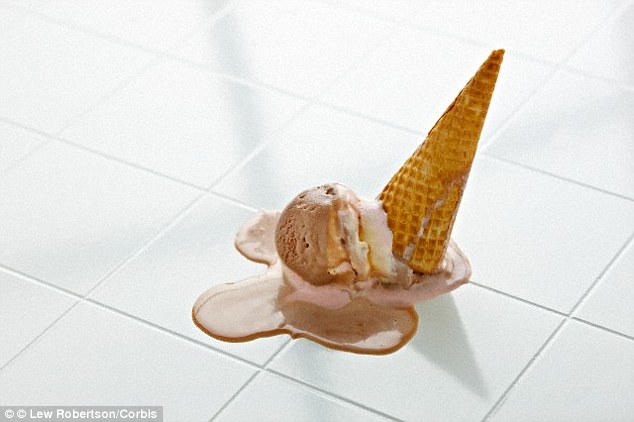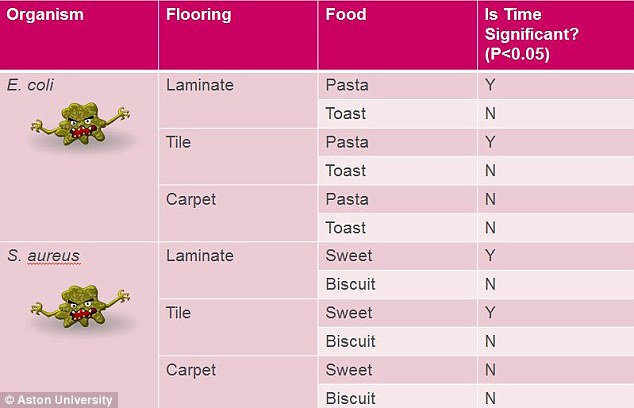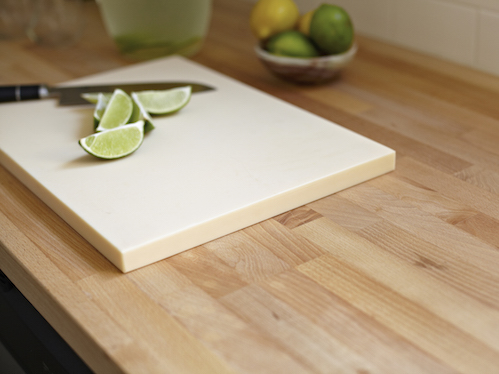Health
5 Things You Should Know Before Adhering To The Five Second Rule
Wait, isn’t it three seconds? I could’ve not thrown away so much food had I known about the 2 extra seconds! Tch tch.
According to a version, a story about Julia Child might have fueled this rule. Some viewers of her cooking show, The French Chef, insist they saw her drop lamb – or a chicken or a turkey, depending on the version of the tale – on the floor and pick it up, with the advice that if they were alone in the kitchen, their guests would never know.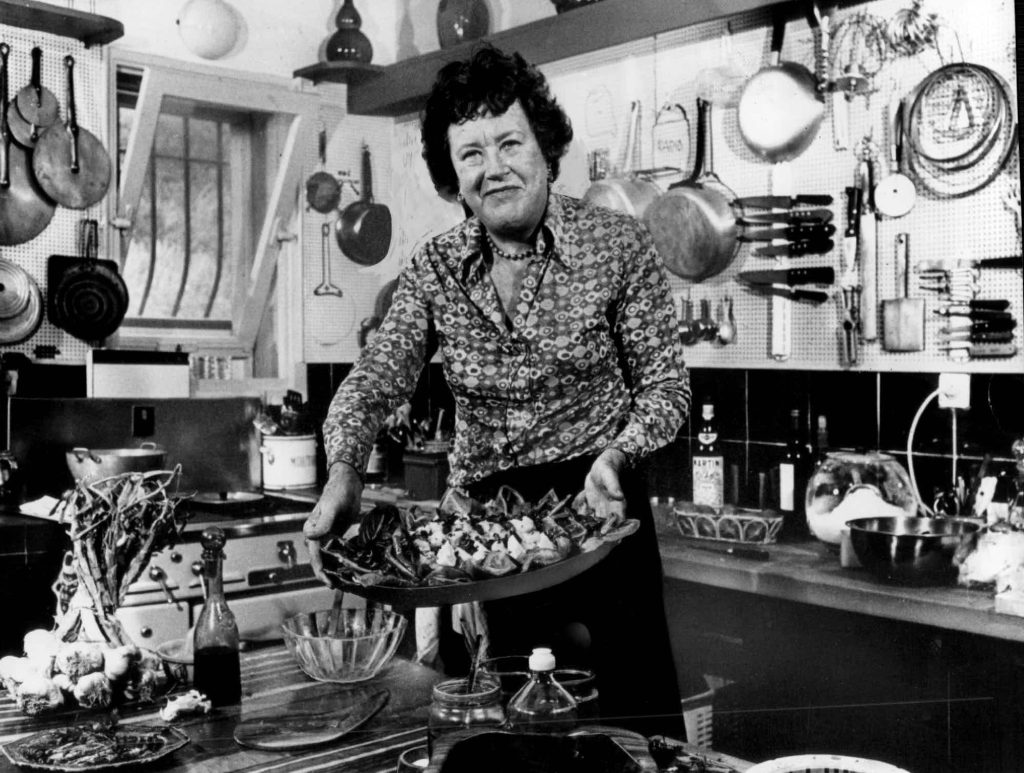
So, if you’re one of us (read, clumsy food droppers), you’re obviously aware of the five – I swear it’s three – second food rule. If no, then wake up! Because according to kitchen folklore if you pick up dropped food within five – dammit! – seconds, the world will be a beautiful place again and you can continue as if you never dropped the food.
Not All True
But there is a small ‘conditions apply’ star smirking at us while we chow down the food. The scientists at Clemson University and Aston University have decoded the terms & conditions of this rule.
The scientists concluded that, generally, the faster a person picks up a dropped food, the safer it will be to eat—especially if it’s under five seconds because it allows less time for germs to transfer. Aha!
So even though it might be okay to pick up, brush off and sneakily walk away. Here are few points you should keep in mind.
-
Moist foods will pick up more bacteria more readily
Moist foods like deli meats or sticky desserts that were left of the floor for longer than five seconds were the “most susceptible to becoming contaminated with bacteria.” Drier foods like toast or dried fruit were less tainted if left on the floor for over five seconds.
-
Food dropped on carpets is likely to pick up fewer germs
Carpets might seem like they hold a lot of nooks and crannies for harmful germs, but the opposite may be case. Foods dropped on tile or laminate were also more likely to become contaminated than foods dropped on carpet. In the study, when inoculated with Salmonella, less than 1% of the bacteria were transferred to surface compared to a transfer rate of 48% on tile and 70% on wood.
-
It doesn’t take much bacteria to make you really, really sick
If you happen to be in an exceptionally dirty kitchen, and you drop a piece of food on the floor for just a second, you should think twice before popping it in your mouth. As Professor Dawson says, “If you have millions or more cells on a surface, 0.1% is still enough to make you sick.” Just 10 cells of certain strains of E. coli can cause severe illness or death in people that are already ill. But lucky for you, the chances of coming into contact with strains in the average kitchen are unlikely.
-
You should be just as concerned about other potential sources of contamination
Focusing on a dirty floor should not distract people from recognizing other ways in which food can get in touch with harmful bacteria. “Bacteria are carried by various “media,” which can include raw food, moist surfaces where bacteria has been left, our hands or skin and from coughing or sneezing,” writes Dawson. Hands, unwashed dishes and utensils, unclean cutting boards and more can harbor bacteria for lengthy periods of time.
-
Women are more likely than men to eat food dropped on the floor
A 2003 study performed by Jillian Clarke, a then high school student on an internship in Hans Blaschek’s University of Illinois found that while 70% of women and 56 % of men were familiar with the five-second, women were more likely to eat food after it had been dropped on the floor. Aston University 2014 study found that 55% of those that would, or have, eaten food dropped in the floor are women.

